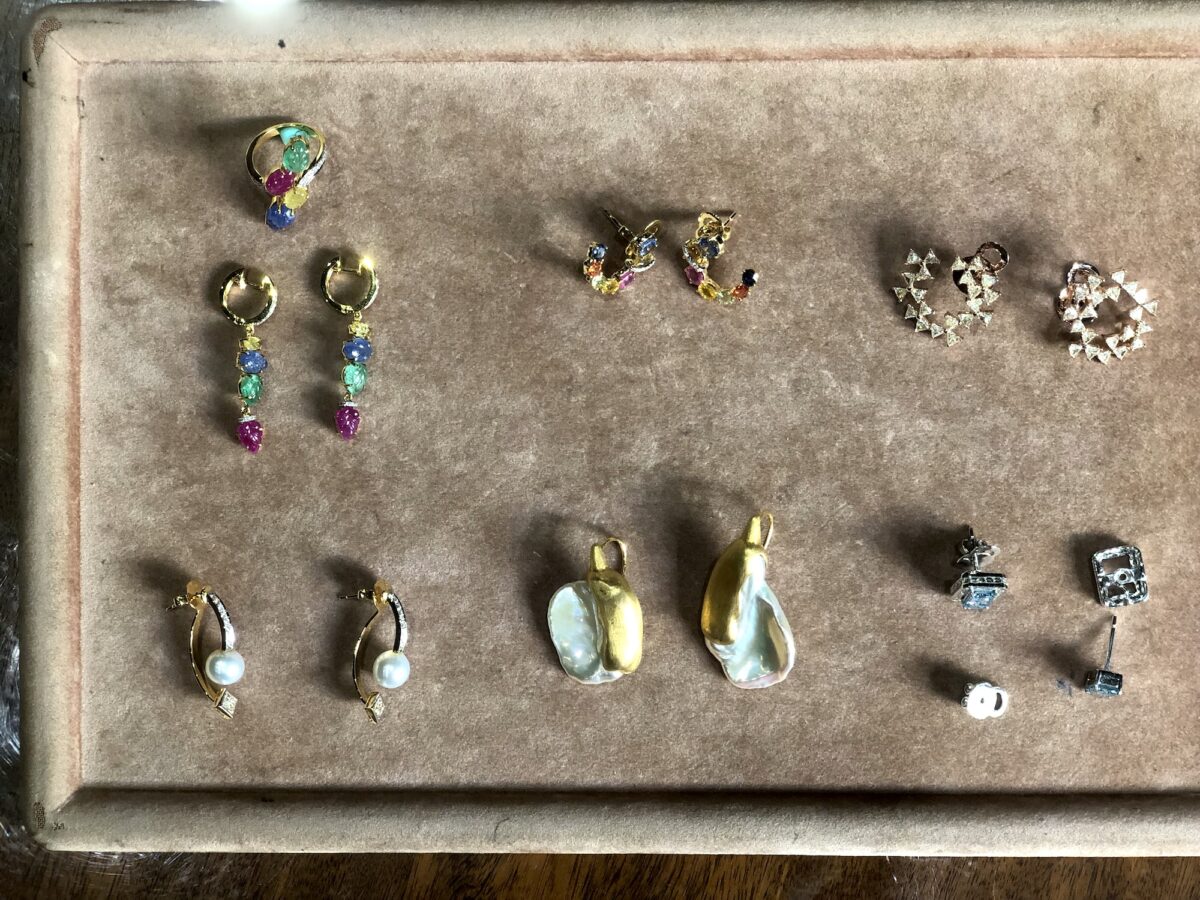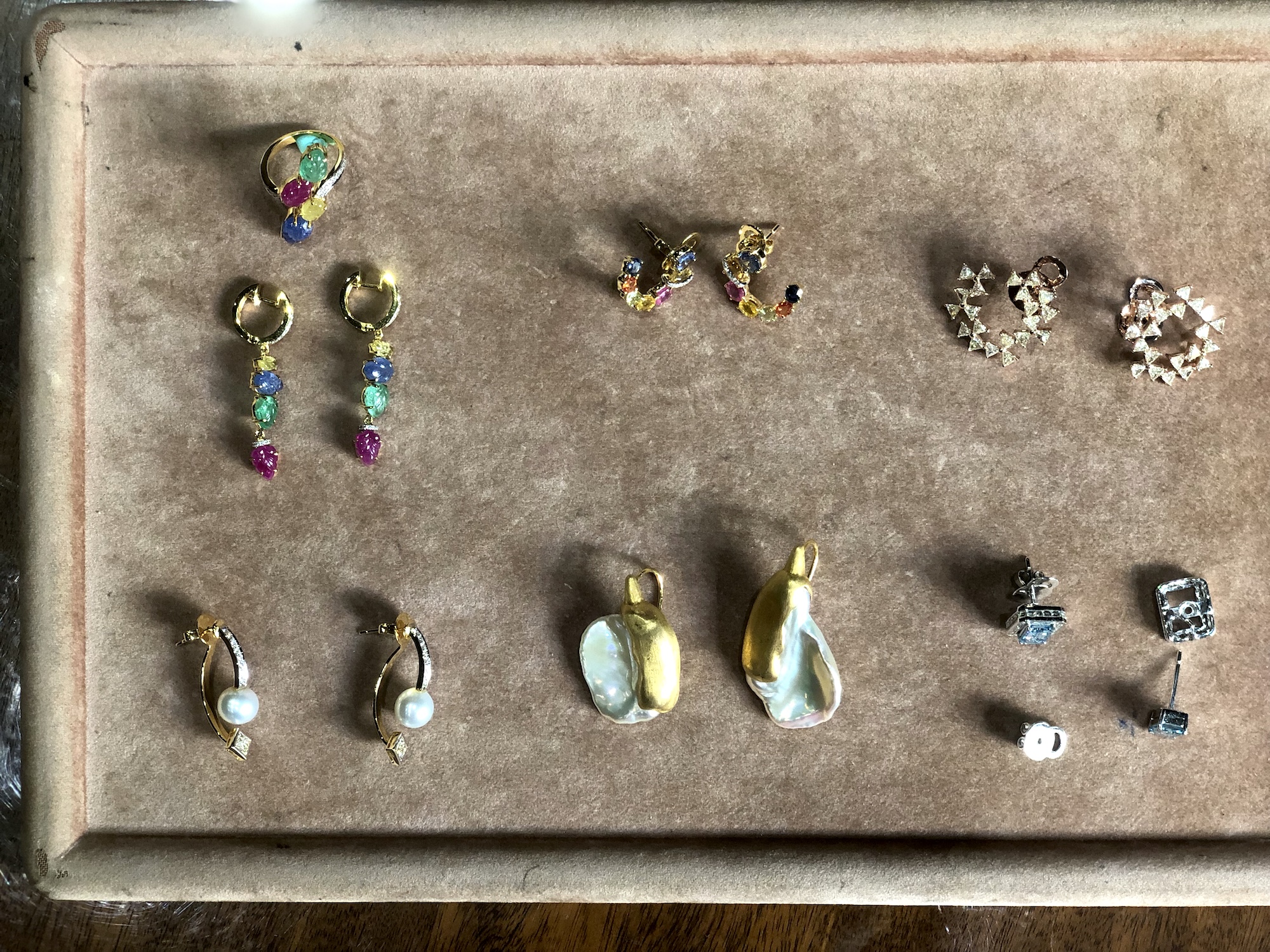This tongue exercise might just be the secret to that snatched jawline
“Mewing” is the latest buzzword in the beauty and wellness sphere—an old-school technique that’s quickly gaining a cult following among the beauty-obsessed. And no, it’s not that Pokemon.
You’ve heard of contouring, sure. Maybe you’ve even tried a few face yoga exercises on YouTube. Perhaps you’ve had a session or two of Botox or fillers. But what if there was a completely free and natural way to quite literally reshape your face? No knives, no fillers, no fancy products required. Just your mouth, and some discipline.
Mewing is all about proper tongue posture. Throughout our lives, teeth move constantly and our jaws adapt to the change. By keeping our tongue pressed up against the roof of our mouth, we’re essentially molding and reshaping our face from the inside out. It’s like strategically flexing a muscle except that muscle is the tongue.

The principle is simple. The subtle, upward pressure from the tongue helps define the jawline, lift the cheekbones, and even straighten teeth over time. It’s supposed to improve not just the jawline but the profile too, aligning a person’s chin and nose. Think of it as a 24/7 natural facelift.
As you mew, be sure not to push your tongue too hard against your teeth, as they can change along with your jawline, and you might not want any new gaps between your pearly whites.
Mewing advocates recommend doing it at least 20 to 30 minutes every day. They claim it can transform a double chin into a chiseled, model-esque jaw. There are also anecdotal reports that it can help with sleep apnea, breathing and swallowing problems, sinusitis, speech disorders, and temporomandibular joint disorder (TMJ).
Over the past week, I’ve been practicing “mewing” for about 20 minutes every day, either at my desk or in front of the television. As someone diagnosed with TMJ, I’ve noticed a positive difference—not in how I look, but in reduced teeth clenching. This improvement could stem from mewing being a conscious distraction from my usual clenching habit or it may be related to the practice’s origins in “orthotropics.”
READ: All the Japan beauty staples you must buy on your next trip
“Mewing” originated from Dr. John Mew, an orthodontist who coined the term “orthotropics.” Already in his 90s, the General Dental Council removed his dental license because of his unconventional beliefs and practices. But orthotropics has gone mainstream in the last few years, with mewing devotees sharing literally jaw-dropping before-and-after transformation photos all over social media.
Of course, skeptics dub it pseudoscience but many still swear by its face-sculpting effects. One YouMewer tried mewing for over a year and his results, via an X-ray analysis, showed notable changes as his bones shifted to different and better placements.
Keep in mind though that mewing is not a miracle practice that can be perfected overnight. It is something cultivated over time, taking years to show a difference. If you buy into the practice, you can compare it to free Invisalign braces or teeth retainers.
So, is mewing a wild Instagram fad or a brilliant, organic beauty hack? Try it for yourself and let your jawline do the talking.
READ: Trending now: Honest, no-fuss short hairstyles for women









































